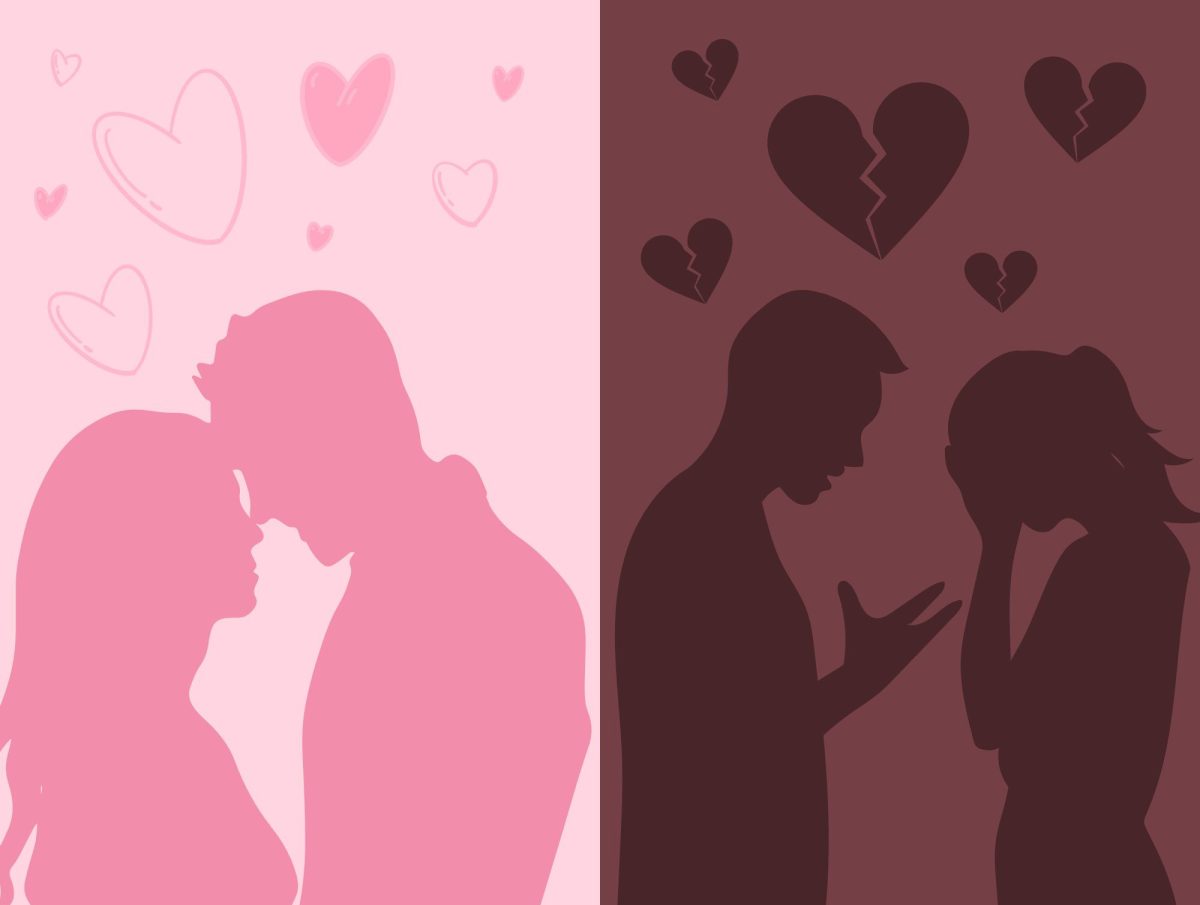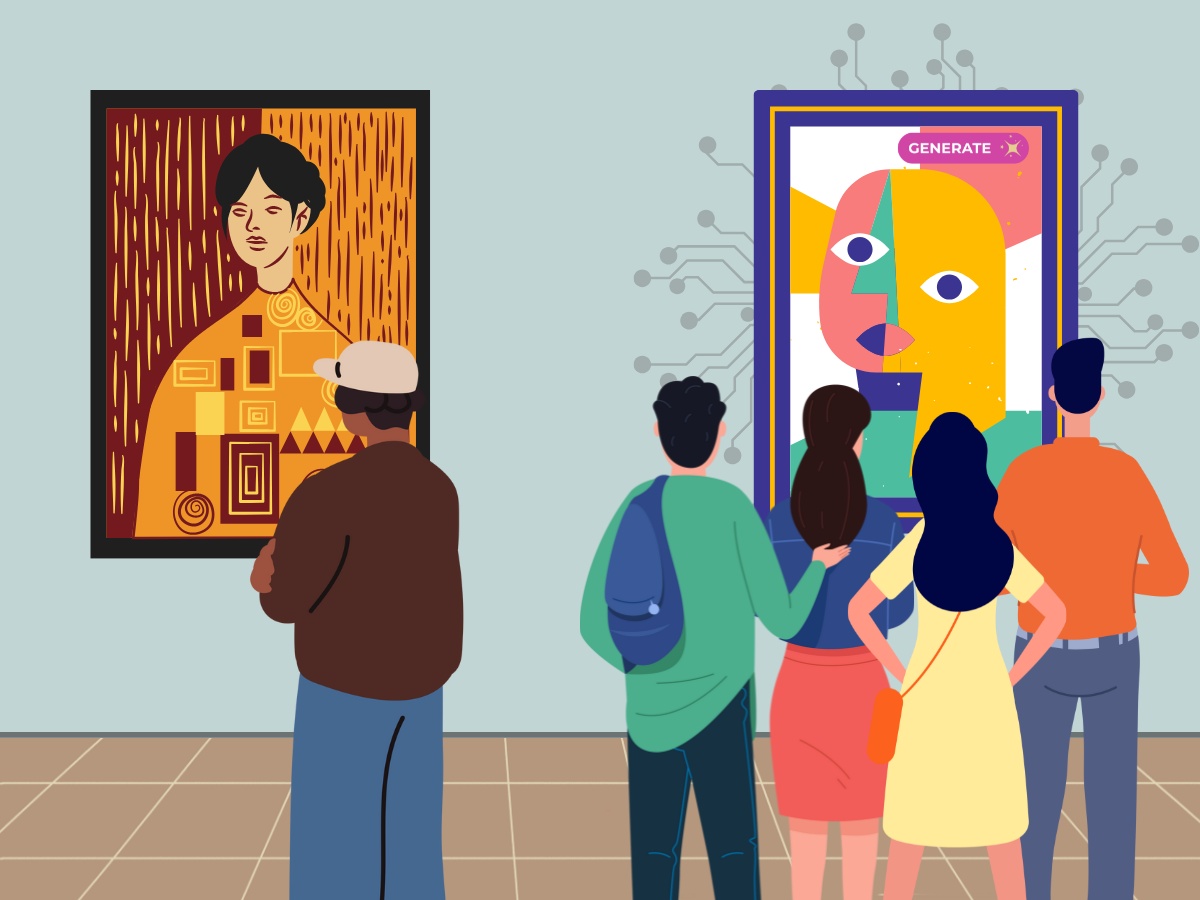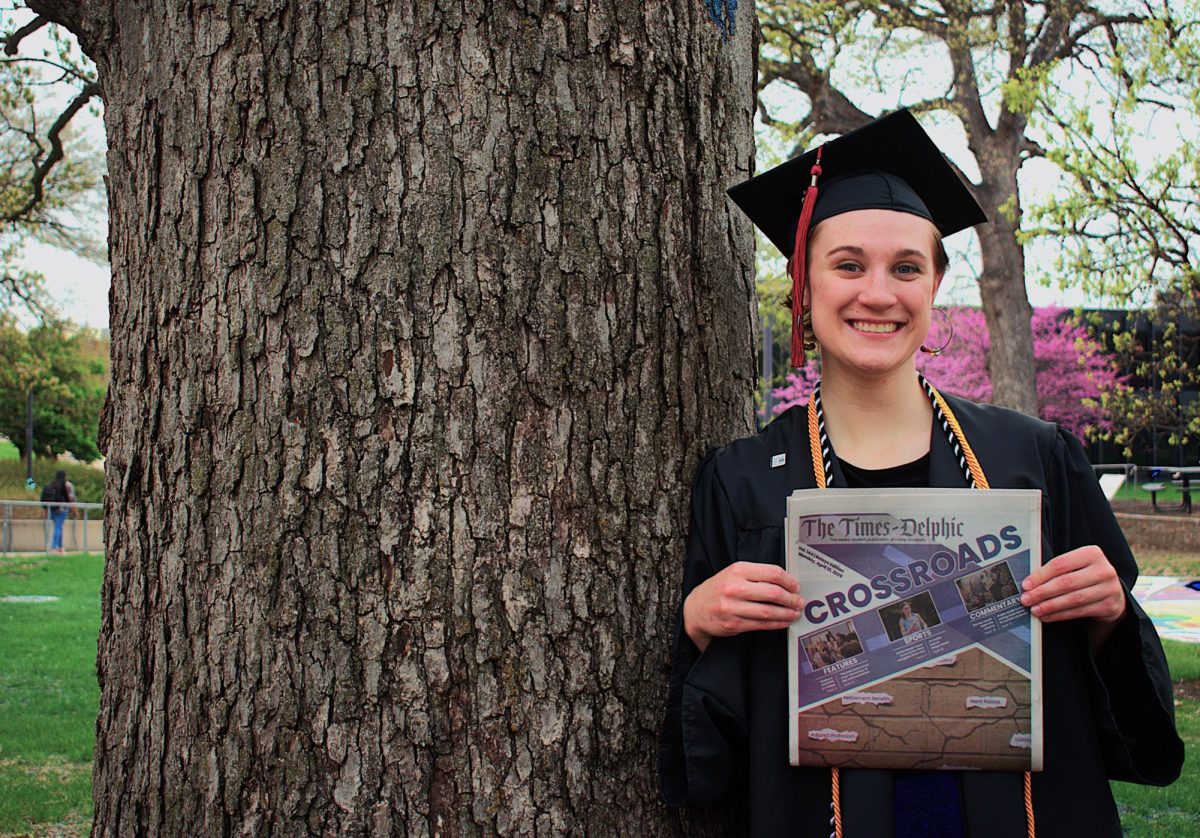The contemporary romance genre has undergone a notable shift in the last two decades with the rise of self-publishing platforms like Kindle Direct Publishing and Wattpad that gave writers the opportunity to directly publish their stories without having to deal with the complicated world of traditional publishing.
While this has made the field more accessible and introduced diverse storytelling narratives, it came with aggressive marketing on social media platforms like TikTok and Instagram, coupled with the explosion of BookTok and Bookstagram during the COVID-19 pandemic, which brought into light authors like Colleen Hoover, Elle Kennedy and L.J. Shen. These authors gained substantial fan bases made up primarily of young readers.
While their books have captivated audiences and made it to USA Today and New York Times bestselling lists, they often normalize problematic behaviors — something that becomes concerning considering the majority of their readership are impressionable teenagers.
A common feature of many romance novels – especially those published via non-traditional means – are their stereotypical male protagonists that are pinnacles of toxic masculinity. They are typically wealthy (neurosurgeons, millionaires, business bros galore), crazily handsome, conveniently white (because attractiveness isn’t associated with outdated racist beauty standards in this day and age, right?), insanely arrogant, incredibly possessive and controlling and often exhibit abusive and manipulative behavior — which is nicely justified by a poorly written sad little traumatic backstory.
The narrative works overtime to establish these characters as enigmatic, dark and brooding figures whose abusive actions are seen through rose-tinted glasses, romanticized and framed as signs of deep, unresolved pain that the female lead and the audience are supposed to sympathize with. And because this wasn’t enough, this is typically coupled with extreme age gaps, power imbalances, stalking, bullying, domestic abuse and even sexual assault. All under the guise of intense, passionate love that simply knows no bounds.
Novels where the male lead removes or tampers with the female character’s birth control now have their own fun little microtrope called “forced pregnancy” that is marketed on BookTok. Goodreads has separate lists for the “birth control tampering trope.” This not only trivializes serious issues like reproductive coercion, which is a form of intimate partner violence, but also romanticizes manipulative behavior, presenting it as a form of obsessive devotion.
This is unsubtly marketed as “dark romance.” Unfortunately, most books that are marketed as contemporary romances or meant for young adults incorporate more and more of this sort of sexual content.
If you aren’t horrified enough, don’t ya worry. Booktok’s got crazy tropes in wholesale quantities — with “touch her and die” (I wish I made that one up), “Who did this to you?” (the male character loses his mind after seeing his precious lady love hurt) and “alphaholes” (don’t ask) being some gems.
This is not to mention the absolute minefield that is “dub-con” and “non-con,” standing for dubious consent and non-consent (is that even a real word?) during sexual encounters, which is just a nicer way of spelling sexual assault. That way algorithms don’t flag it and readers can peacefully disassociate their beloved characters’ actions from real life horrors.
A popular defense of such tropes is that readers should read whatever they want and these are, at the end of the day, fictional stories. The trouble with this argument is that nothing exists in a socio-political vacuum, and the romanticization of tropes that are fundamentally based on reproductive coercion at a time while reproductive agency and access to reproductive healthcare rapidly declines, is incredibly problematic.
It’s ironic that a profession that relies on words doesn’t realize their power.
I’ve always felt conflicted when reading a romance novel that has these tropes because while they are toxic and problematic, the audiences reading them don’t necessarily want those qualities in a real-life partner — it’s a safe space for them to indulge their fantasies. This is not to mention that anything teenage girls like is often ridiculed by the internet regardless of whether they deserve the hate or not.
The trouble I have with this argument is that while older readers might know the difference between enjoying a character on a page versus doing the same in real life, younger readers might not be able to make that distinction. Seeing this sort of content romanticized at such a young age has the power to influence what people think is acceptable in a relationship.
This, combined with the trad wives of TikTok, represents an ocean of content that has the power to influence young girls towards a lifestyle they don’t quite understand the risks of. Especially considering that a lot of these books have a male protagonist that wants to “take care” of the female character (another nice euphemism for controlling her finances).
Seems far-fetched? Well, it’s happened in recent history — women started reaffirming traditional gender roles despite the suffrage movement in the 1950s because of the creeping influence of mass media being filled with advice on how to keep husbands satisfied and maintain happy marriages.
The packaging of patriarchal values (and yes, that is exactly what these tropes represent) can be very pretty and even disillusioning at times. When these are presented to a young audience, they become fundamentals of what is attractive in a man — insane amounts of wealth (ignoring that most gazillionaires hoard their wealth by not paying their workers enough), attractive features that are associated with whiteness (Ana Huang’s “Twisted Hate” generated terrible reviews rightly calling out the Asian male protagonist for manipulative behavior but these reviews weren’t found for her books in the same series that feature white male protagonists displaying similar problematic behaviors) and borderline abusive actions — all hallmarks of patriarchy aesthetically delivered in the form of a desirable protagonist. The narrative establishes how being with this kind of man raises the female character’s status, tying her worth to him.
There is a reason why you can find reels and reviews of Colleen Hoover’s “It Ends With Us” where people (primarily young teenagers) defend Ryle, an abuser — his wealth, good-looks, charming flirtation and traumatic backstory are used to disguise the monster that hides behind. Some even go a step further and indulge in victim blaming, placing the burden of his abuse on the wife and justifying his actions because she was cheating on him (she wasn’t). This narrative is troubling at a time when we see intimate partner violence rising every day.
Again, this is not to say that reading these books inherently gets you a lifetime subscription of patriarchy because even young readers have the capacity to understand what is problematic and what is not but it is undeniable that even unconsciously, these books have the ability to reinforce societal standards of attractiveness, masculinity and femininity. And even if they are choosing to read these books as a fantasy exploration, these books aren’t typically a safe or good representation of them (think Fifty Shades of Grey and BDSM). Understanding what counts as consent can take a lifetime of learning and unlearning thanks to the standards of our sex education which is rife with misinformation and heavily restricted based on religious and political influences and these books don’t provide a good first step into that world.
This is, of course, a gross generalization of the genre — not every contemporary romance is poorly written or problematic and this critique is limited to heteronormative pieces but the sheer number of books that are troubling and are deceptively marketed are rapidly flooding BookTok, reaching more younger people (56% of TikTok users are young adults) everyday. This, at a time when anti-feminist content floods these spaces, makes these books even more dangerous.







